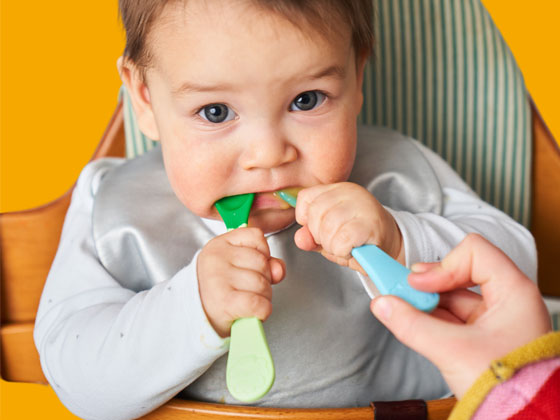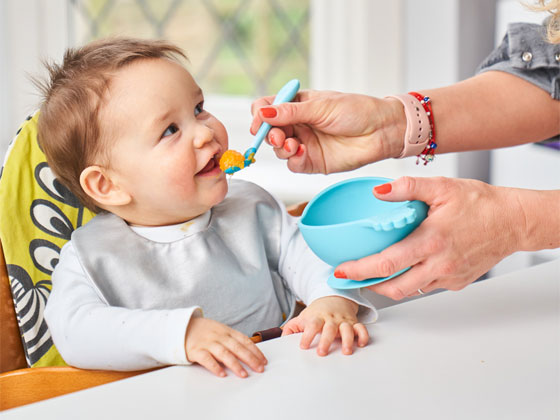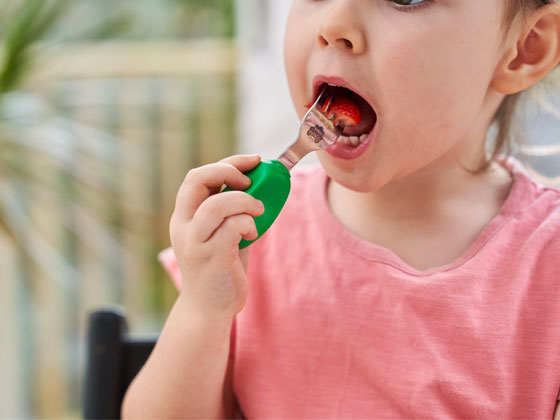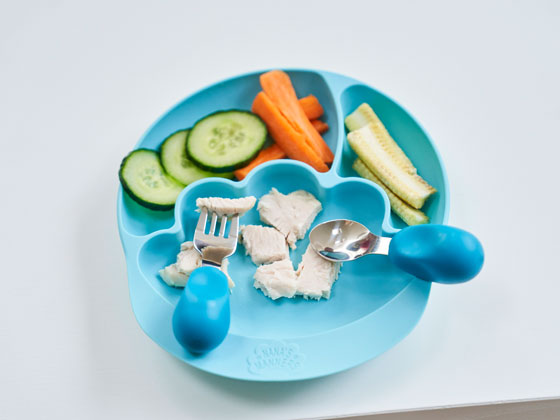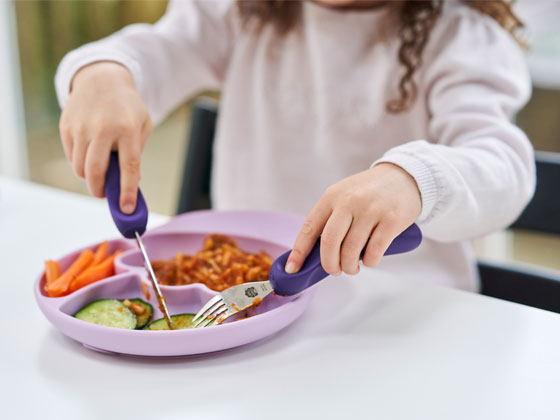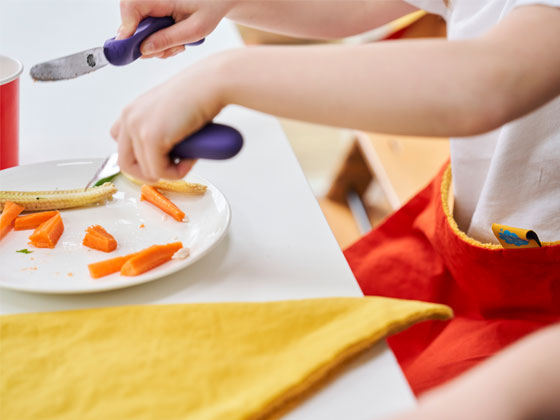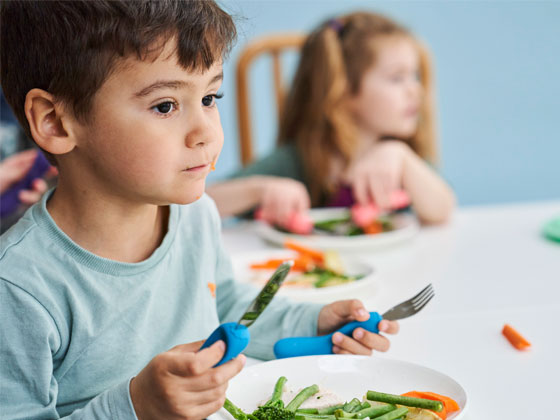Do babies prefer foods mum craved in pregnancy? Whether something more ‘everyday’ like cheeseburgers, pineapple or salty crisps, or something more eyebrow raising like whole lemons, pickles or even combos like ice-cream with pickles, many women experience cravings in pregnancy. These can appear at different points over the 40 weeks – or sometimes persist all the way through pregnancy! Experts can relate pregnancy cravings to a number of things, including hormones, a heightened sense of smell, taste, and nutritional deficiencies. Some common thoughts linking to your cravings to your body’s nutritional needs are;
Pickles = Low sodium levels
Chocolate = Serotonin to perk you up!
Fizzy drinks = Settles your stomach from morning sickness
Red meats = Iron and protein
Spicy foods = Body’s attempt to lower it’s temperature (sounds counterproductive but hot food makes your body sweat, lowering it’s temperature)
Fruits = Vitamins and minerals
Dairy products = Calcium
Some however can have no apparent logic at all! Whilst we often refer to these foods as ‘what the baby wants’, do your tastes and preferences actually go on to become your baby’s when weaning starts?
It is of course important to eat a variety of foods during pregnancy. Babies can develop a preference for certain flavours based on their exposure to them in utero. When pregnant and consuming a variety of foods, the flavours of those foods can be transmitted to the amniotic fluid and can also influence the taste of breast milk. Research suggests that babies may be more accepting of and familiar with flavours that they were exposed to during pregnancy and breastfeeding, which makes a lot of sense to us!
Studies have shown that children whose mothers consumed certain foods during pregnancy and breastfeeding, such as garlic, vanilla, or carrot juice, showed a greater acceptance and enjoyment of these flavours when introduced to solid foods. However, it's important to note that individual preferences can vary, and not all babies will exhibit a strong preference for flavours experienced in utero. Also this can be linked to stronger flavoured foods, so the more neutral salty crisps wouldn’t come through in the same way.
Flavour preference can also be developed through habit. Subconsciously, parents may feed a baby more with foods they themselves like – they’re in the fridge and cupboard! If mothers like the food, baby accepts it, then it may be on the menu more often, strengthening their preference through association.
It's also worth mentioning that introducing a diverse range of flavours and textures during the weaning process, from the age of four to six months, can help broaden a baby's palate and increase their acceptance of different foods. So while prenatal exposure to flavours may play a role in shaping taste preferences, it's not the sole determinant, and the introduction of various foods during the weaning process remains the most important factor.
Aside from foods – one Mumsnet user commented she loved the smell of musty old buildings; “I used to sit in the dusky communal stairwell of our Victorian block and literally salivate! I also used to visit little museums just to sit down on a bench and breathe in the smell of the old items” We’d love to know whether her baby grew up to be a historian!

... and craving Thai food and Original Lucozade!

